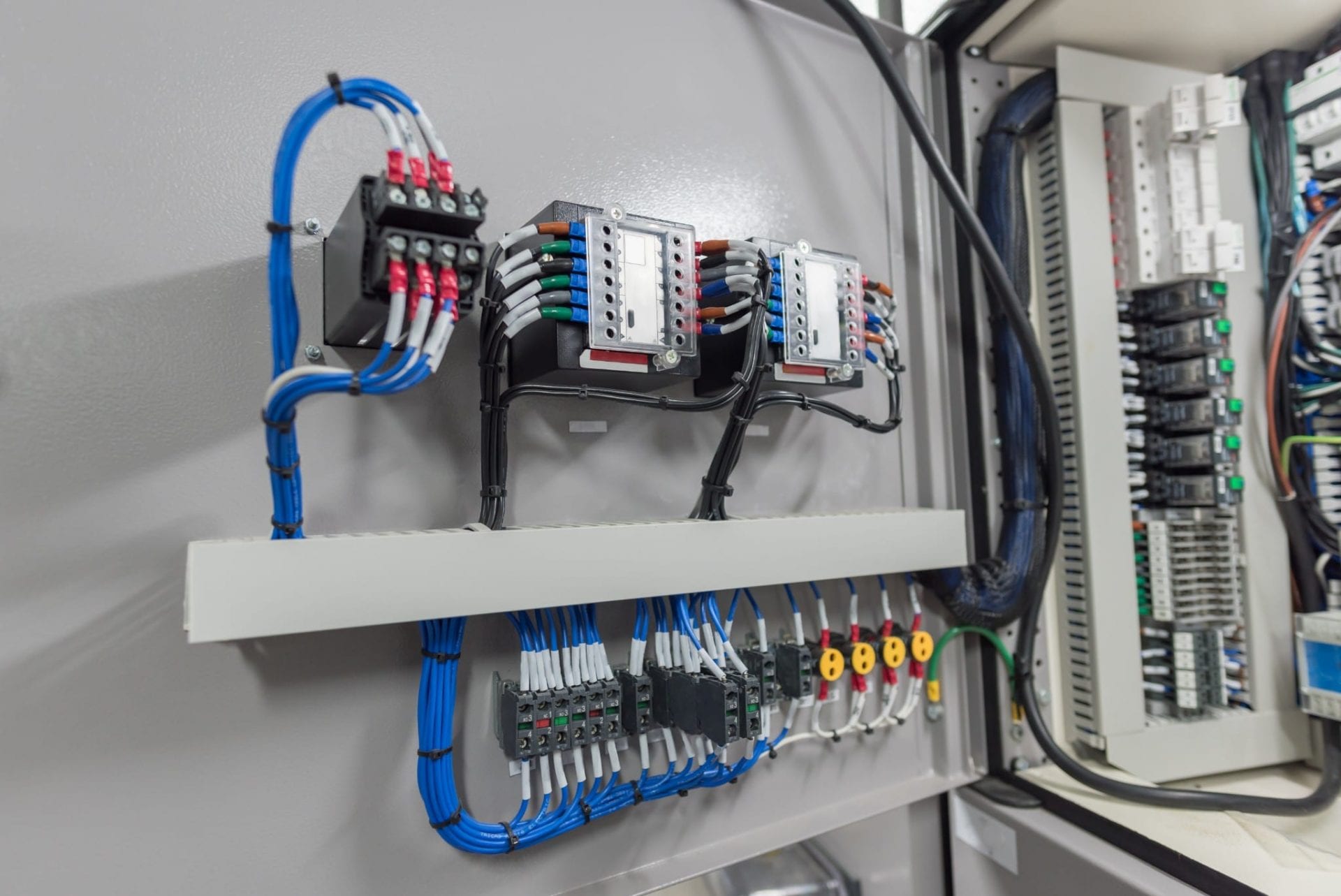Electrical Wiring Made Easy: A Novice's Guide to Wiring Your Own Home

Electrical wiring is a crucial part of any home and understanding it is essential for every homeowner. Not only is it helpful to ensure the smooth running of your house but it’s also crucial for your safety. In this article, we’ll discuss the basics of electrical wiring and the importance of safety and the advantages of employing an accredited residential electrician for all your electrical wiring requirements.
Understanding the fundamentals of electrical wiring
Electrical wiring is the system of electrical conductors that runs through your home, carrying electric power to appliances or devices as well as lighting fixtures. It is formed by electrical circuits which connect your electrical power source and your appliances. Electrical circuits are made up of switches, wires, and other electrical components that work together to create a safe and functional electrical system. There are different types of electrical wiring, such as aluminum, copper, as well as types of wire insulation like PVC paper, rubber, or.
Preparation and planning for electrical Wiring
Before installing new electrical wiring, there are many aspects to take into consideration, such as the kind of wiring you’ll need, the size that your electric system can handle and your power requirements. It is also important to know about electrical rules and regulations for wiring as well as the permits that are required in your region. In order to prepare for electrical wiring, design an electrical plan and assess your electrical needs. This will to ensure your wiring system is secure, efficient, and meets the power requirements of your home.
Materials and Tools Required for electrical wiring
When installing new electrical wiring, it is crucial to have the proper tools and materials available. Essential tools include wire cutters, strippers, pliers, and the voltage tester. Other items required for electrical wiring include wire nuts, electrical tape, conduit, and electrical boxes. It is also helpful to have a wiring diagram to guide you through the installation process.
Step-by-Step Instructions for Installation of Electrical Wiring
The installation of electrical wiring is an intimidating process However, with the proper tools and knowledge you can do it safely and efficiently. Here is a step-by-step guide to installing new electrical wiring inside your home:
Shut off the power source to the area where you will be working.
Design the wiring layout and mark where the wiring will be installed.
Install electrical boxes and conduit wherever needed.
Cut and strip wires to the proper length.
Make sure you connect the cables to your devices or fixtures that you’re wiring.
Connect the wires using the wire nuts or electrical tape or conduit straps.
Check the wiring to make sure that it’s working properly.
During the installation process It is crucial to adhere to wiring installation best practices and tips. Be aware of common mistakes to avoid when installing electrical wiring, for example, wiring circuits that are too large, using damaged wires and using the incorrect type of wire to accomplish the task.
Troubleshooting Electrical Wiring Issues
Even with careful planning as well as installation issues could develop. The most frequent issues are wiring damages, circuit overloads as well as electrical shorts. To troubleshoot these problems it is essential to be aware of the most common electrical wiring issues and be aware of how to efficiently and safely solve them. Additionally, it is critical to follow electrical safety procedures in the event of a problem with electrical wiring, such as turning off the power source and wearing safety equipment.
Conclusion
In conclusion, understanding how your electrical wiring is wired in your home is essential for your safety and for the proper operation the electrical systems. It is essential to employ a licensed electrician to ensure your wiring is maintained and installed properly. In Local Electrician Glenwood, we provide various electrical services that include electrical wiring installation and repair. Reach out to Local Electrician Glenwood at 1300 610 481 for all of your electrical wiring requirements.
Electrical Wiring FAQ
Here are some frequently asked questions about electrical wiring. They also include extra safety advice and the best techniques for electrical wiring repair and installation:
What kind of wire do I need to use for my electrical wiring?
The kind of wire that you will need for your electrical wiring depends on your specific needs and the local building codes. It is important to use the right gauge for your wire, insulation type, and wire materials to ensure the security and effectiveness for your wiring system.
Can I install an electrical wire of my own?
While it is feasible to build your own electrical wiring, it is important to have the right skills and knowledge to do so safely and efficiently. In the majority of instances it is recommended that you employ an authorized electrician to ensure that your wiring is set up and maintained correctly.
How often do I need to inspect my electrical wiring?
It is suggested to have your electrical wiring inspected every 10 years or whenever you spot indications of electrical issues like frequent circuit breaker trips or electrical shocks.
What should I do if discover electrical wiring issues within my home?
If you spot any electrical wiring issues within your home, for example, flickering lights or outlets that don’t work, it’s crucial to address them immediately. Turn off the power to the area affected and contact a licensed electrician to evaluate and repair the problem.
By following these tips and the best practices, you can ensure you have electrical connections that are safe and operating in a safe manner. Be sure to put safety first and consult with a licensed electrician whenever you need to. Call Local Electrician Glenwood at 1300 610 481 for all electrical wiring issues.
